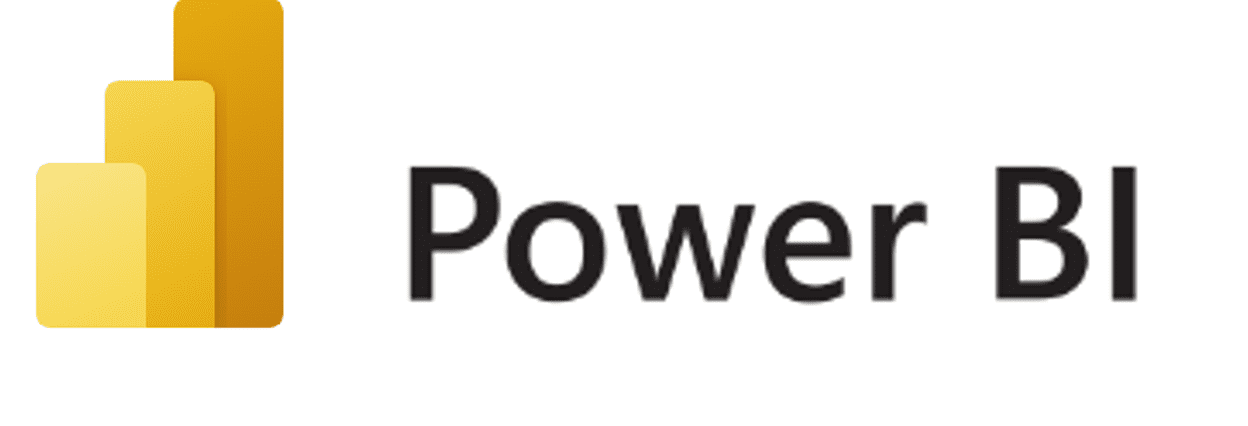Power BI – An Optimal Self-Service BI Tool
A modern self-service business intelligence approach means providing transparency and access to information, not only for management but also for business users. Power BI as a self-service BI tool can give your organization the capabilities it needs to empower your employees to make informed business decisions.
Article originally published June 2022
The Evolution of Modern Self-Service Business Intelligence
A few years ago, the ability to make data-driven decisions based on business intelligence (BI) was mostly limited to top management. The organization’s IT team would be tasked with creating reports using their enterprise’s data as requests would arrive from the company’s leadership. A lot of factors complicated this traditional BI approach, especially when it came to other business users in the company:
Today, data is all-pervasive. Every user creates it and is aware of its existence. Some are highly motivated to find ways to leverage a BI tool and create something meaningful out of it. Management ultimately wants to not only make data-driven decisions, but also enable business users to create their own reports and analytics given their intimate familiarity with the data and business rules in their respective areas.
Modern self-service BI has taken much of the burden from IT departments and has put the power in hands of the business users. This creates a cost-effective and efficient BI space with more valuable insights than ever before. If implemented correctly, self-service BI can bring great value to a company and boost its performance.
This self-service BI movement has been clear to see on the projects we’ve worked on at Smartbridge. Organizations aren’t just focused on building good reports that deliver insights, but are wanting to get data into the hands of their team members/employees.
Power BI as a Self-Service BI Tool
Power BI is a data analytics software and application package offered by Microsoft. It is a user-friendly tool that allows users to quickly analyze information they need and share it within their business network. Additionally, it is powerful enough for advanced users to perform high-level analytics as needed. The package lets you assess your data and offers the following capabilities:
Why Use Power BI?
Every business intelligence tool is different with varied features to assist organizations in meeting their business needs. Of course, it depends on what is important for your company. Here are a few reasons why Power BI is the industry leader and a great option:
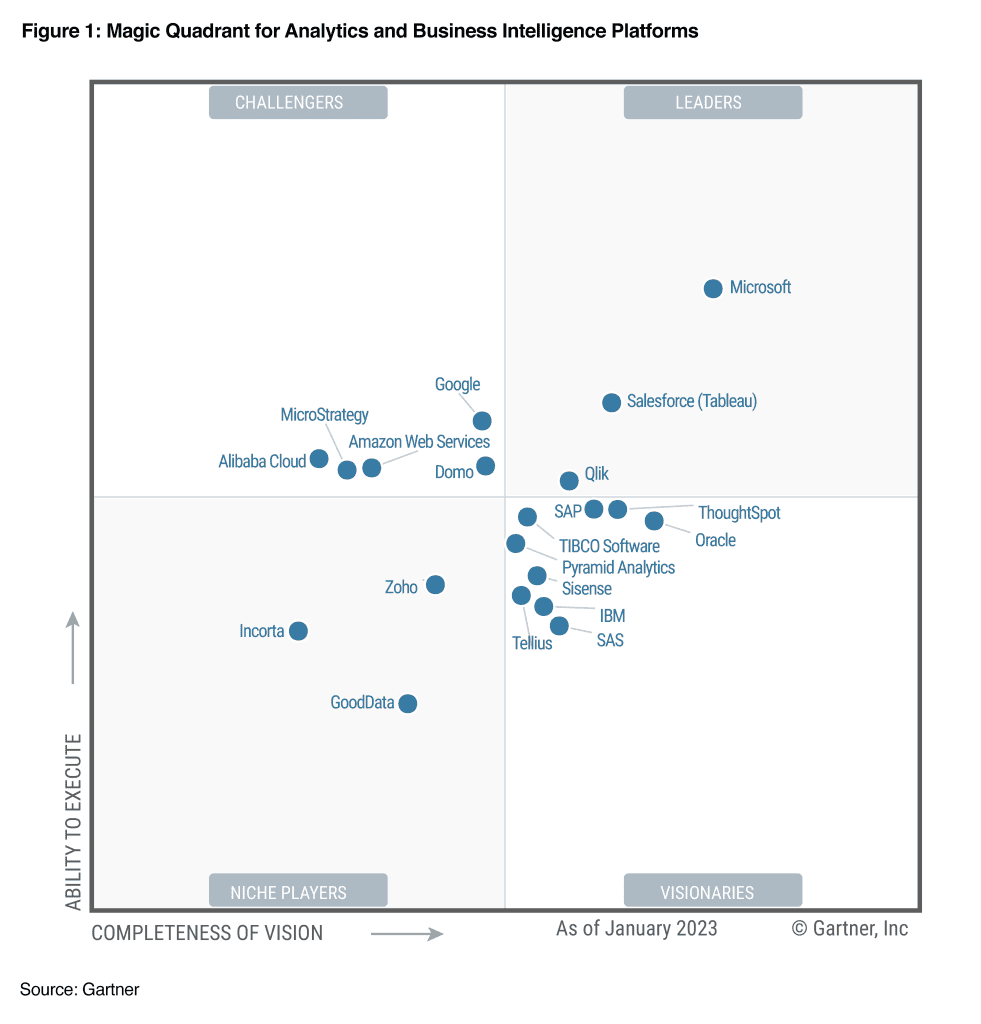
Daily Power BI Reports That Business Users Can Create
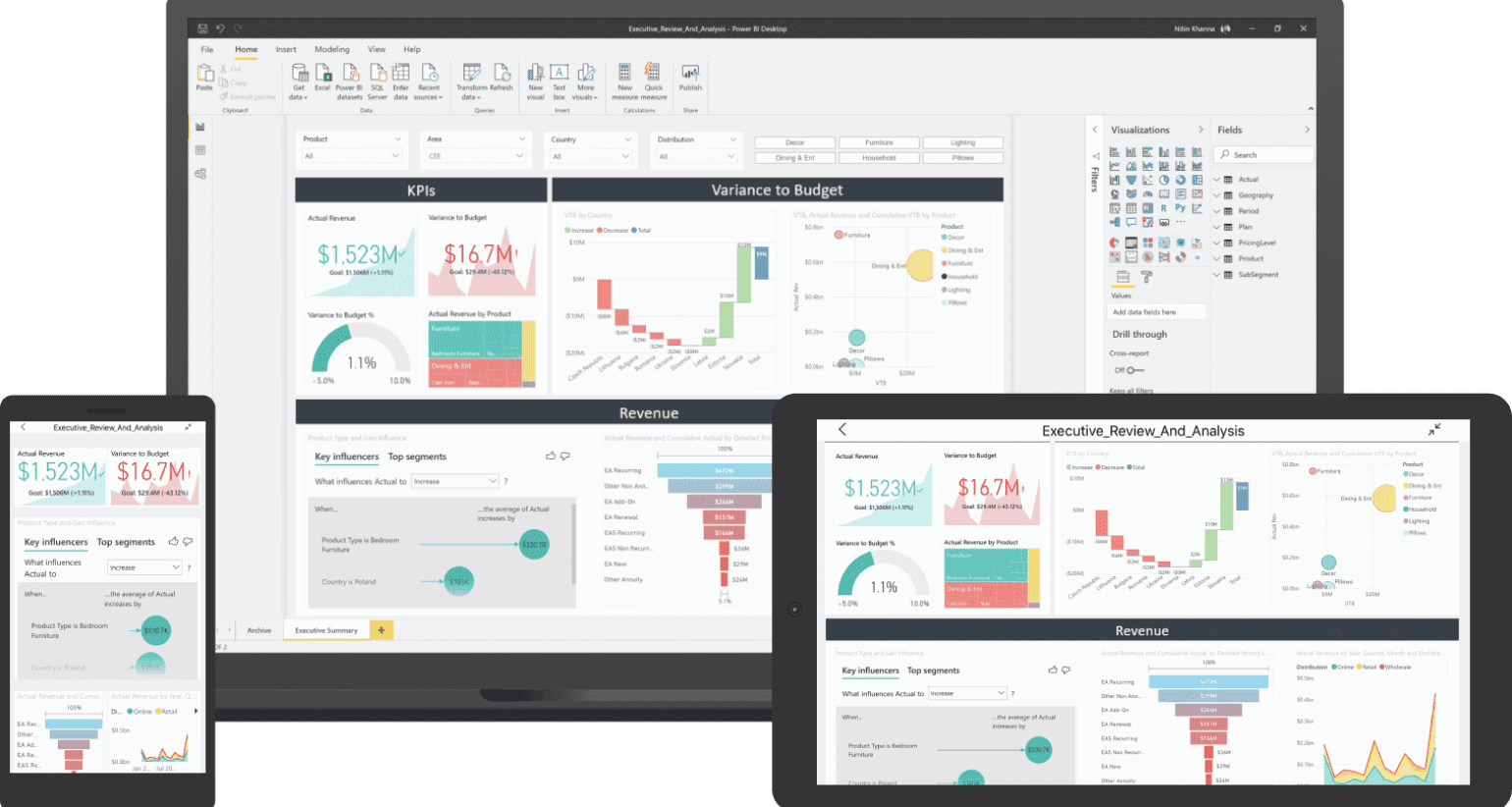
Image Courtesy of Microsoft
Benefits of Using Power BI as a Self-Service BI Tool
A self-service model requires both strong governance to ensure accuracy in reporting as well as flexibility so users can answer questions quickly. On top of all of this, there needs to be a way to distribute deliverables that still keeps that balance.
As we have worked on these projects, we’ve seen many ways in which Power BI meets these goals. In today’s post, I want to detail the different features in Power BI that helps uphold the goals listed above.
Access to Reliable Data
One of the key issues that organizations look to solve with self-service is access to reliable datasets. Whether it’s accounting, operations, marketing, or combinations of those datasets, organizations need to guarantee that there’s a single source of truth that all users are working off of, so that reports end up matching.
Datasets can be managed in Power BI to ensure that all users are working off the same data. Power BI datasets can be designed in both Power BI desktop and Power BI workspaces, which gives users the ability to create models and calculations based on different tables and subject areas.
Data stewards and curators can develop datasets that meet the requirements of the business and then distribute those to all users through Power BI workspaces. Through workspaces, stewards can implement as tight or as loose of controls on access to datasets as needed to guarantee governance. Also, as changes and updates need to be made to the dataset, data stewards can update the existing dataset so that all changes automatically follow downstream to users’ reports.
On top of all of this, Power BI datasets can be enriched with Auto ML features, so advanced analytics are easily integrated into the data that’s embedded in your organization.
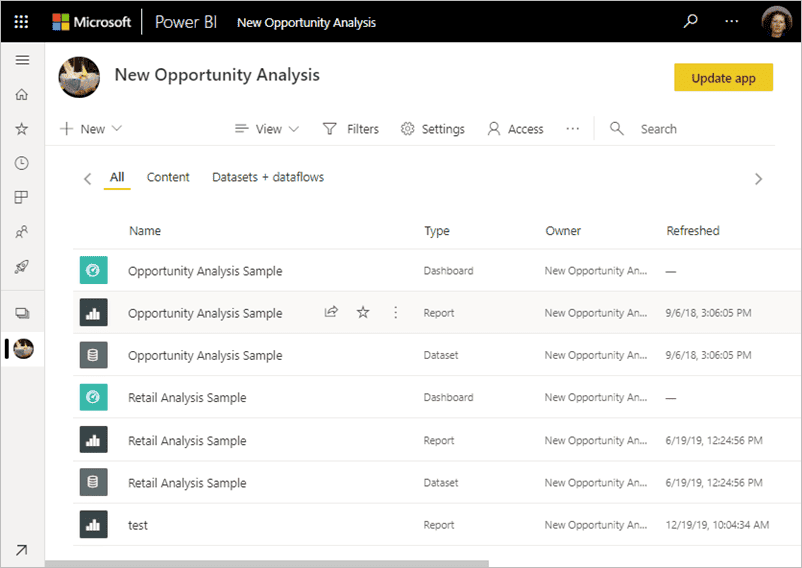
Image Courtesy of Microsoft
Create and Save Deliverables Quickly for Your Own Purposes
Another key aspect of self-service analytics is giving users and analysts the ability to get answers to their questions quickly. Part of this is solved by providing users access to accurate data, but the other two parts of the equation are enabling users to build reports and helping them distribute those reports to disseminate insights to the rest of the team.
Power BI makes it easy to address both of those points. Regarding the first point, users can connect to published datasets and build their own reports with the data. They can also create new DAX calculations to customize the dataset to meet their own reporting needs
Once reports are designed in the desktop app, users can publish reports back to workspaces on their organization’s Power BI online tenant. Each user is given a personal workspace (titled ‘My Workspace’) where they can publish their own work, or they can publish to an organizational workspace.
It’s important to understand that ad-hoc reporting can be a helpful way to quickly answer questions, but it may not meet certain reporting standards and can be hard for users to understand if they don’t have the context of the report. Because of this, it can be best to have dedicated workspaces for either reports that are still in “development” and don’t meet those standards or workspaces that function like sandboxes, for users to develop and experiment with new ideas.
Distribute Deliverables
Finally, the last step of the process is to determine the best way to distribute deliverables that are ready to be consumed by end-users. As I alluded to in the point above, a lot of end-users will need reporting deliverables to be carefully curated for them to understand the content they are looking for.
Power BI makes this curation with several different features. One of those is that admins can “certify” content, making it easy for users to visibly identify which reports and dashboards meet organizational reporting standards.
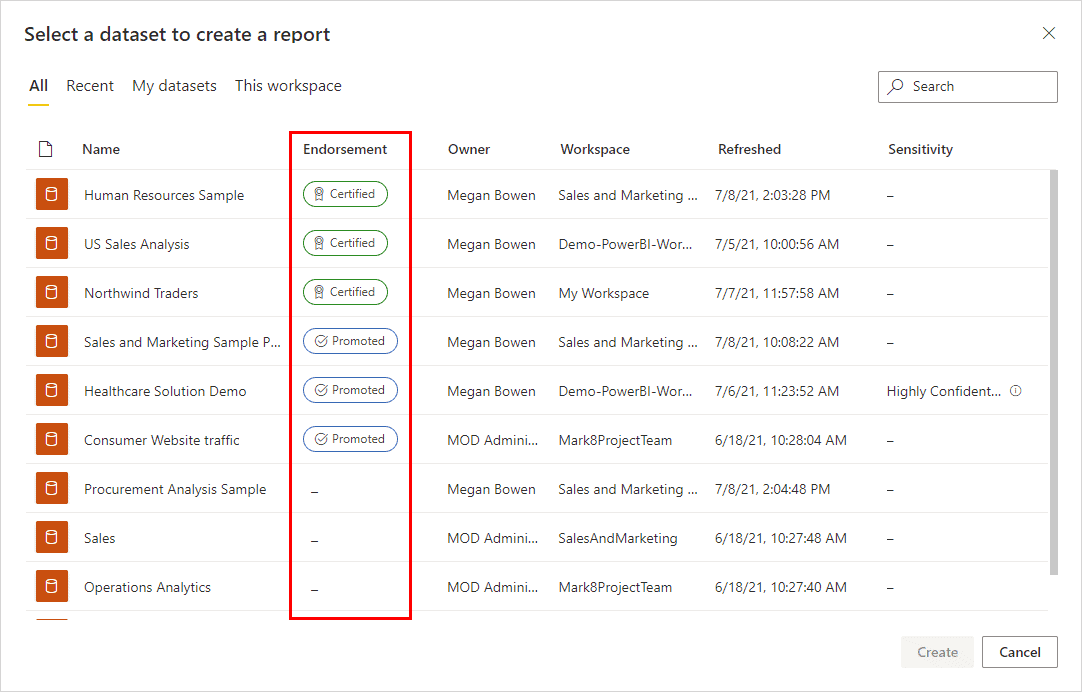
Another way in which content can be curated is through Workspace Apps. An app can be created for each workspace, which can be used to package and surface selected reports that exist in the workspace in one space. This can be a great way to direct users who aren’t as comfortable navigating Power BI to relevant content.
Finally, notifications can be configured for users through subscriptions and alerts. This helps admins embed analytics into the daily process of end-users, and makes analytics more accessible as a whole.
Are you ready for self-service BI?
There is a significant shift towards self-service BI in recent years. The Power BI adoption process requires an in-depth understanding of the entire data management system. With the right framework, training, and governance, organizations can gradually move from a controlled BI approach to a managed self-service BI approach and achieve tremendous insights and, thus, success for their business.
Keep Reading: Power BI Governance
Looking for more on data & analytics?
Explore more insights and expertise at smartbridge.com/data
There’s more to explore at Smartbridge.com!
Sign up to be notified when we publish articles, news, videos and more!
Other ways to
follow us:


